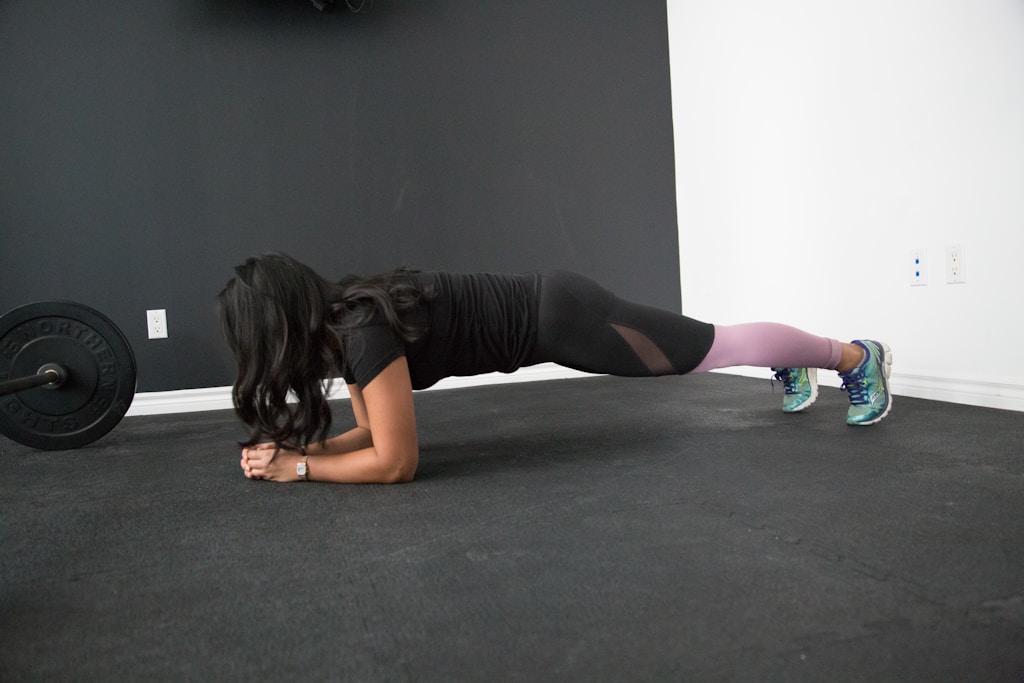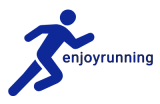
Using our core musculature correctly is a HUGE issue for sports people. There is a lot of ‘stuff’ out there about core training. Some of it is excellent; some less so. There are now many pieces of equipment available to assist us in training our core, from relatively simple kit such as BOSU and Swiss Balls, all the way to large pieces of more complex kit such as Reformers. The range of kit plus the sheer volume of suggested exercises means it is easy to become confused or overwhelmed … and, crucially, to just not do any core exercises!
Back to basics
The way in which we train core falls into two main strands –
- General training of our core musculature so that we can use it fully, and so that we use the various layers of our core musculature in the correct sequence (from the inner core outwards)
- Specific training of the core so that it meets the needs of our chosen sport.
Clearly the core training requirement for a multidirectional movement sport (e.g., rugby/soccer/netball) will differ from that required in a sport where the movement is completely unidirectional (e.g. tightrope walking/slacklining) and the exercise regimes used will reflect this.
Running is mainly unidirectional, that is, we run forwards! However, because we run with significant leg movement especially at faster paces, and over varying terrain (around curves on track and road, on uneven ground, on hills and trails), and especially because it is a significantly bilateral movement – one leg is doing something quite different from the other when we run – there is a requirement to use the core both in a unidirectional and a multidirectional way. Finally, because we are moving constantly whilst running, our core muscles also need to move continually. In other words – we need a core that is both strong and responsive (dynamic).
Inner and Outer core
The core could be viewed as being like a cylinder (chest, abdomen & pelvis) with the arms, legs and head attached to it.
The inner core contains four key groups of stabilising muscles –
- pelvic floor (bottom of core – just before the main waste elimination points in the body)
- diaphragm (top of the inner core – under the lungs and stomach)
- transversus abdominis (a bit like a wrapping around our sides)
- multifidus (on the back – near the spine)
This set of four muscle groups needs to be first in the queue of muscles to activate when we engage and use our core. However, achieving this sequencing can be challenging because the bigger (often visible) external core muscles tend to act first in many people, muscles like the rectus abdominis (the ‘six-pack’ muscle).
There are some helpful approaches that can be learnt which ensure we activate core musculature in the correct sequence, such as breathing exercises and specific muscle group activation patterns. To be used effectively, core muscles must also be allowed to recover from each effort so, following a contraction, a period of relaxation is needed. This step is crucial and is often neglected in the rush to learn increasingly complicated exercises and to perform may repetitions and sets of those exercises. Learning HOW to relax the core muscles following a correct sequence of core muscle contractions (e.g., by using the connection breath approach I use in strength classes for runners), is sometimes time consuming and may be seen to delay progress in gaining core strength. However, allowing adequate time for the approach to become second nature is immensely important and rewarding in the longer term.
One of the main reasons why this is the case is that it reduces the likelihood of our cores becoming overly rigid and this impacting negatively on our running. Another reason is to avoid using inappropriate muscles to assist in running movement. This is particularly important for those who tend to overuse the lower back muscles (often because they have the spinal flexibility to do so, but more usually because the core isn’t engaged correctly) and for those who may have done sit ups or similar in the past but with sub-optimal sequencing in the use of the core muscles.
Earlier, I said running was a bilateral movement. A strong core is required to support bilateral movement patterns. A rigid, or ‘fixed’ core, will impede the sequential left and right-sided alternating patterns of movement we use in running.
So, I would encourage all runners to pay some attention to developing core musculature. However, the way in which this is done requires a little attention to detail – specifically to:
- the sequence of muscle activation,
- the demands of running movement patterns, and
- the need to ensure muscle relaxation follows on from muscle contraction.
A sound understanding of the demands of endurance running as a specific sport, plus a knowledge of the contribution of various muscles to supporting running movement, are useful in designing the sort of exercise regime that will enable endurance runners to run better.
